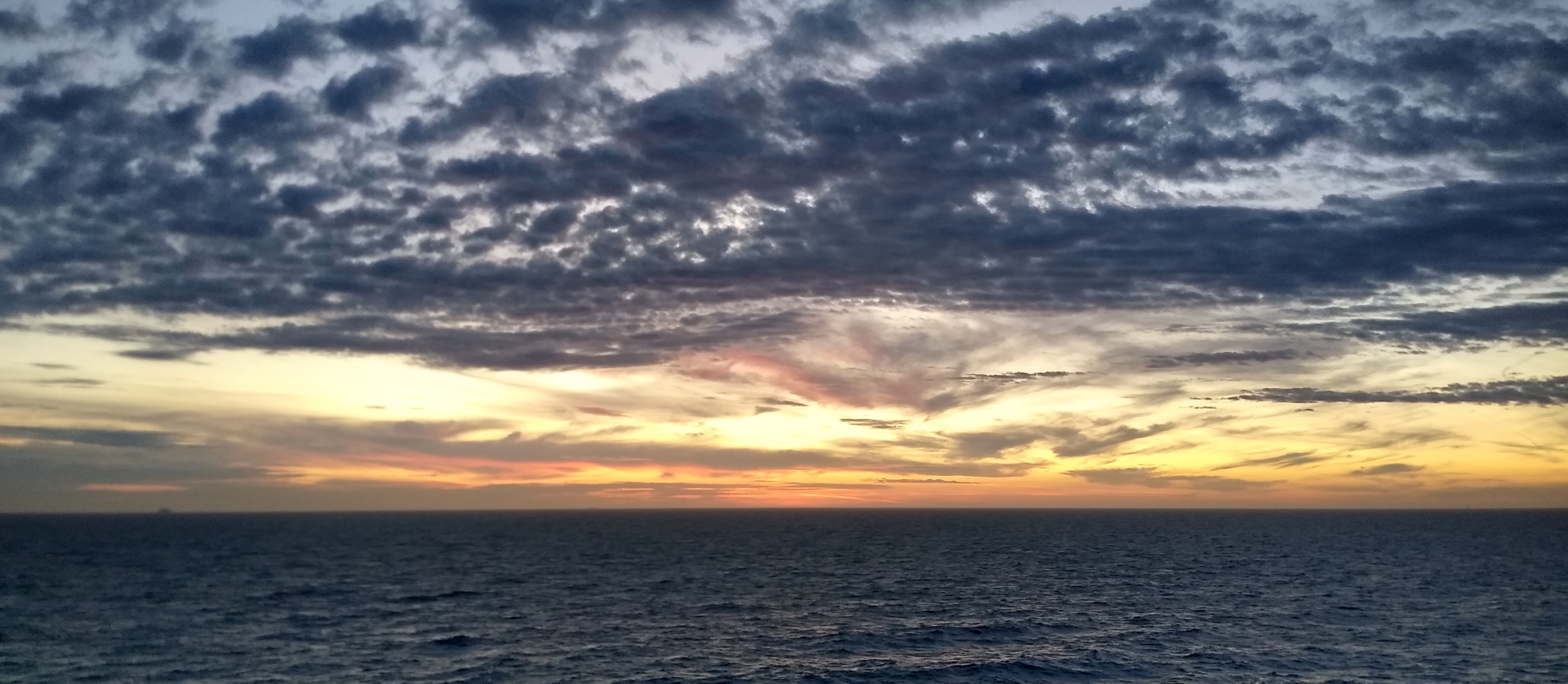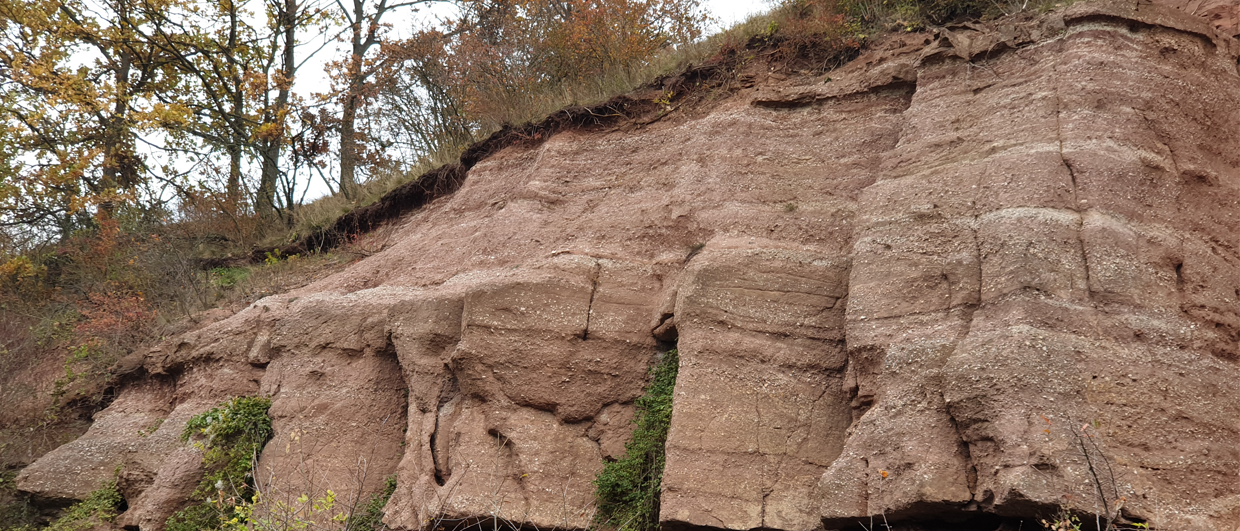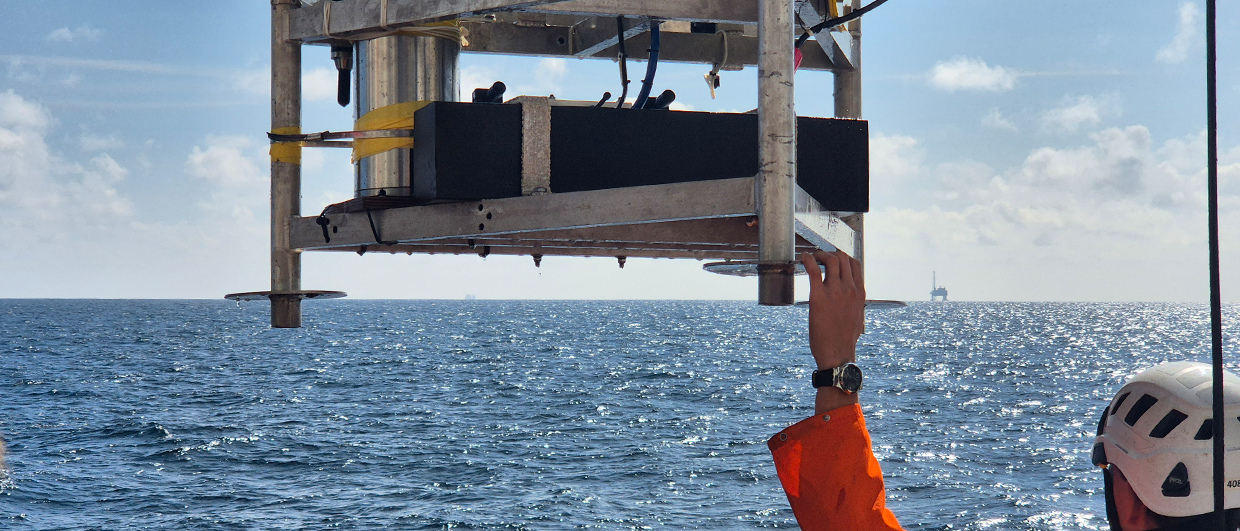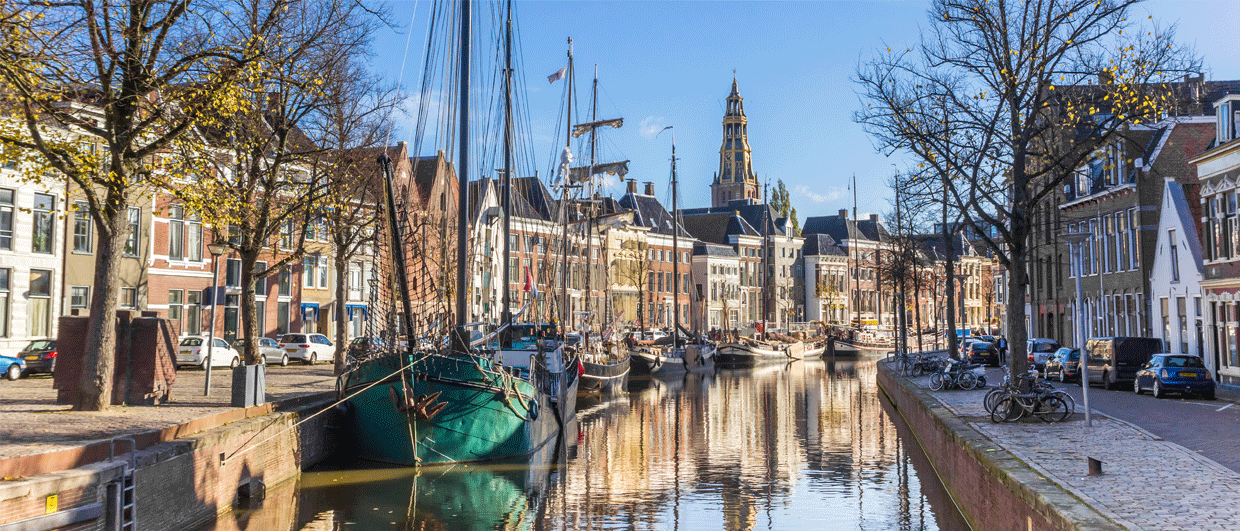When the Groningen field was found in 1959 in the north of the Netherlands, one would think that the first offshore well in the Dutch sector was to be drilled soon after. That was not the case. “As usual, the Dutch government was late to the party,” said Bert Manders during his Christmas lecture at the Petroleum Geological Circle in the Hague on Wednesday evening. The theme of his talk was to provide an overview on the Ups and Downs of the Dutch upstream sector.
It was about time for Manders to give a talk. He ran his newsletter, in which he reported on wells, licences and other subsurface activities in the Netherlands, for about 30 years. He never shied away from calling a spade a spade. That is why his audience was always eagerly awaiting the latest newsletter. And although he did not open any major can of worms during his talk, he still made his point clear on a number of occasions.
GRONINGEN LOOK-A-LIKES
An interesting observation at the start of Manders’ talk was about the post-Groningen exploration phase that also finally kicked off in the Dutch offshore sector. Without today’s understanding of the subsurface, companies were looking for Groningen-size analogues. This concept drove the popularity of certain blocks over others. As fields turned out to be much smaller than Groningen, despite being in the same stratigraphic reservoir, the most popular blocks turned out not to be the ones that ultimately delivered most. For example, the K15 block initially received no applications, but later turned out to be one of the most prolific in the Dutch sector; this block alone produced 69 Bcm, more than what currently remains in the entire Dutch sector in terms of reserves, excluding Groningen.

BEING THERE EARLY
It is clear that the first round of awards in the Dutch offshore sector did not necessarily result in the most attractive prospects to be licenced straight away. “However, it was still important to be there early,” Manders said, “because that enabled companies to see what their neighbours were up to.” This put companies in the position to make strategic acquisitions and build a portfolio at the right time. “NAM is a good example of that,” Manders explained. “The Shell-Exxon joint venture wasn’t very successful in the first round of awards, but made some important acquisitions such as block K8 and K11 from Signal Petroleum.
THE GEOLOGISTS DID THEIR HOMEWORK
Some companies active in the Dutch offshore sector did not have a strategy for doing acquisitions. For instance, TotalEnergies‘ focus post-2000 seemed to just exploit their fields primarily situated in the so-called pistolet area, without being very active in terms of exploration drilling or bidding for new acreage anymore. The French did acquire a new 3D survey across their core area about ten years ago though, in an attempt to de-risk any remaining prospects. As the survey did not result in the identification of new prospects, the conclusion was that the geologists had done their work well.
“THEY KEEP ON CHANGING THEIR BUSINESS CARDS”
Neptune Energy is a relatively new name on the block in the Dutch E&P sector, but looking back at the chain of company takeovers, Neptune in fact has a long legacy in the Netherlands. What started as Placid then became Occidental, TransCanada, GdF, Engie and now Neptune Energy. And that is not the end, with rumours circulating that Italian ENI is contemplating the acquisition of Neptune Energy. It is unlikely that the Dutch assets form the main reason for the Italians to consider this move. “The steady gas output in the Placid years improved considerably following the GdF takeover of some NAM assets and by a series of excellent discoveries”, Manders added.
TIDYING UP PROPERLY
With around 1600 exploration, appraisal and development wells drilled in the Dutch offshore sector alone, an enormous project awaits to decommission about 750 wells properly. This is becoming a bit of an item according to Manders, as many companies have not really ramped up this activity yet. “Wintershall Noordzee is the best performer in the decom space,” Manders said, “while NAM is the worst.” NAM’s strategy seems to have been to slim down operations on platforms to a bare minimum, without making a proper start with plugging and abandoning wells.
BOILING TATTIES
Manders illustrated how the strategy and public profile of EBN, the state-owned company that participates in most oil and gas developments and exploration wells in the Netherlands, has changed over the years. Before 2015, EBN profiled itself as an ambitious oil and gas partner with targets such as 30 Bcm in 2030. To further illustrate these plans, EBN’s CEO Jan Dirk van Bokhoven was pictured in an annual report boiling his potatoes on a gas-fired stove. Since then, EBN seems to have dropped these production targets and replaced these with a strong focus on CCS and geothermal energy. In that capacity, the company became an operator on a geothermal drilling programme onshore. The first well is to be drilled near the Ajax stadium to the south of Amsterdam. Surely a landmark location to spud the first well as an operator.
Throughout his talk, Manders clearly painted the picture of the rise and fall of Dutch offshore oil and gas production. But despite the fact that the decline in production will not be reversed, he pointed out that in the current climate of record-high prices, there should be an increasing appetite to get those remaining prospects drilled in the years to come. Let’s see what 2023 brings in that regard.





